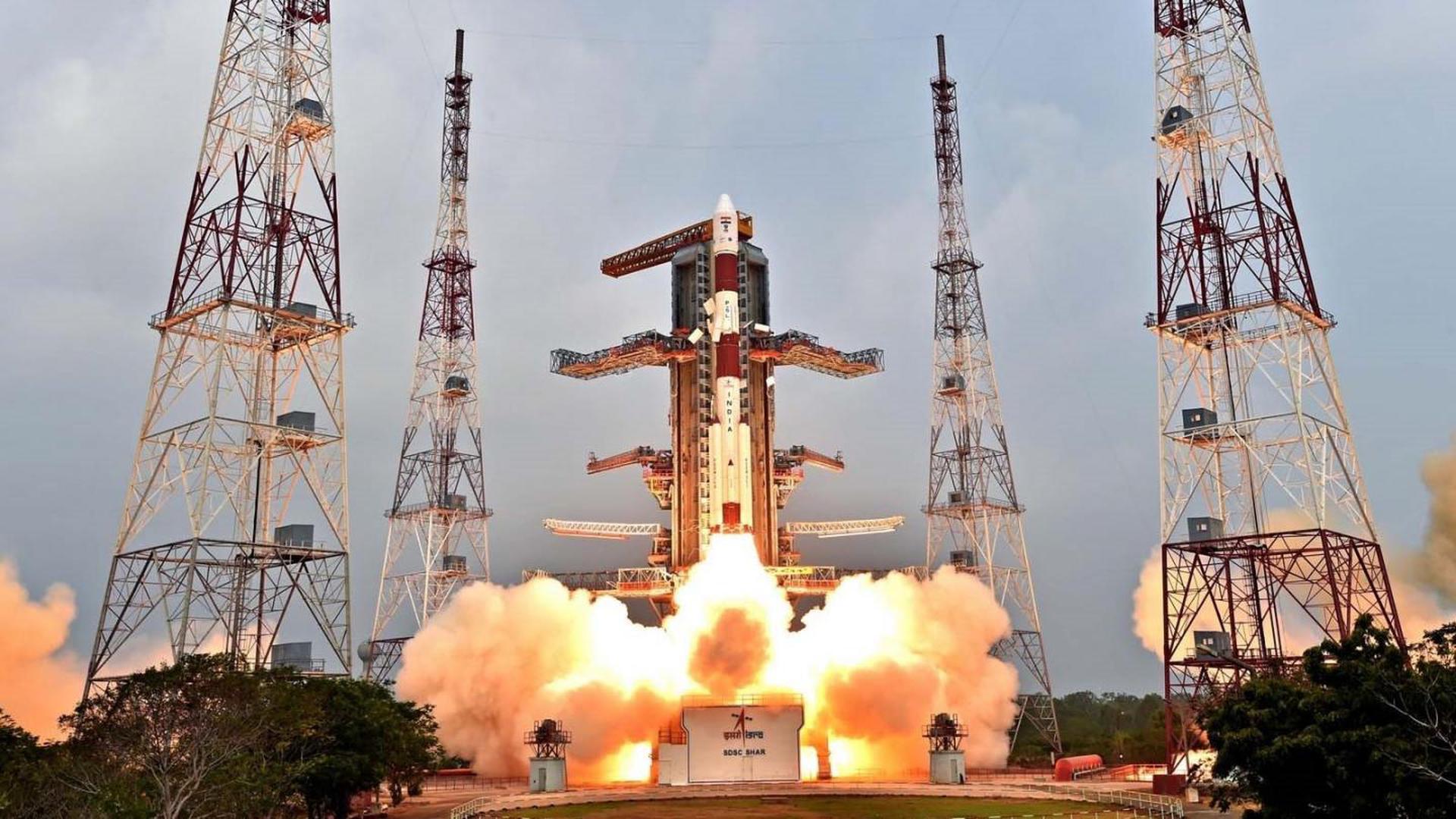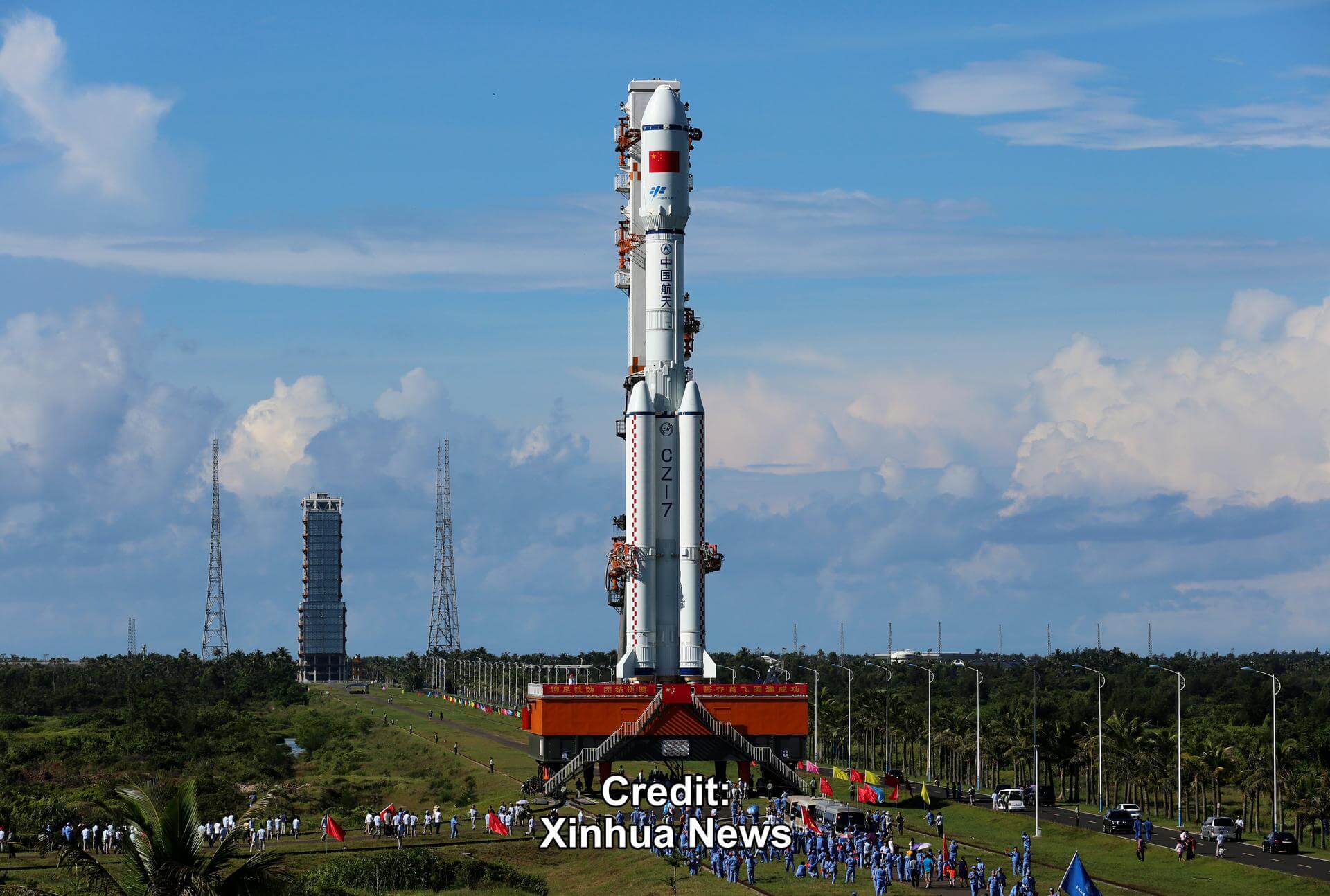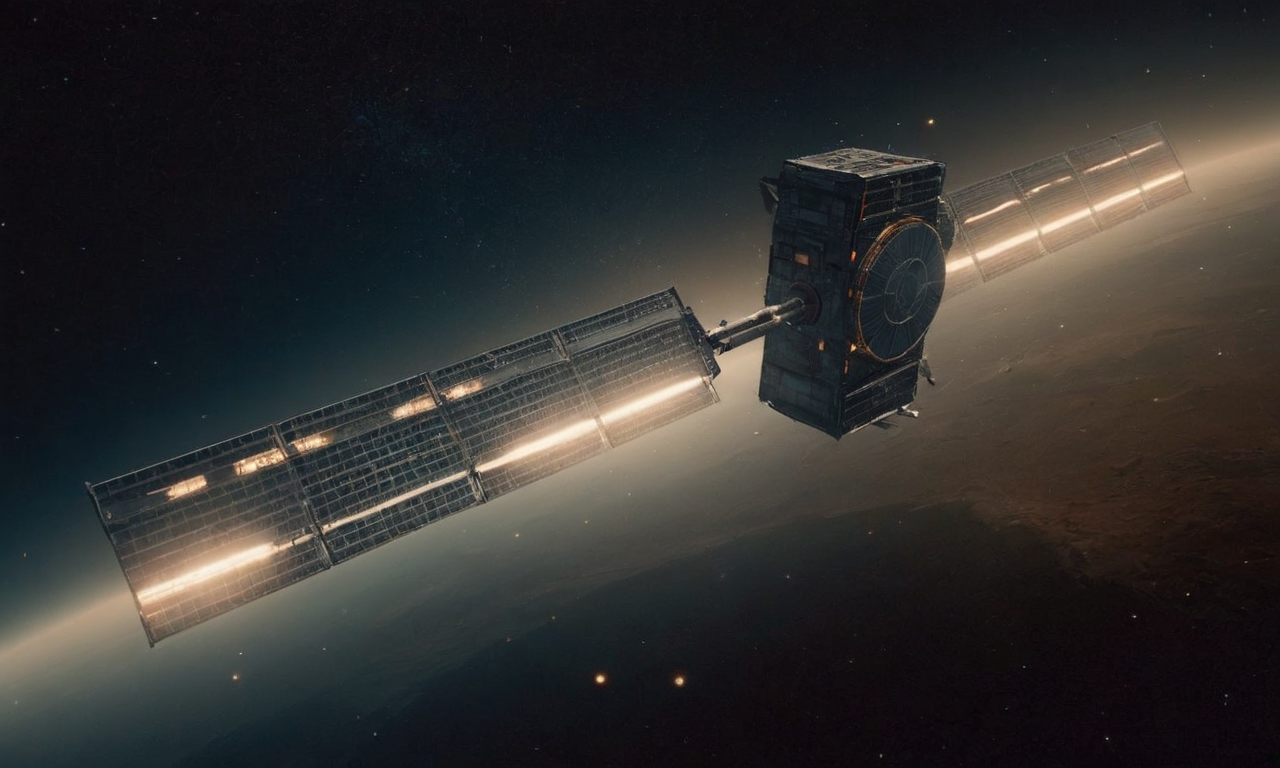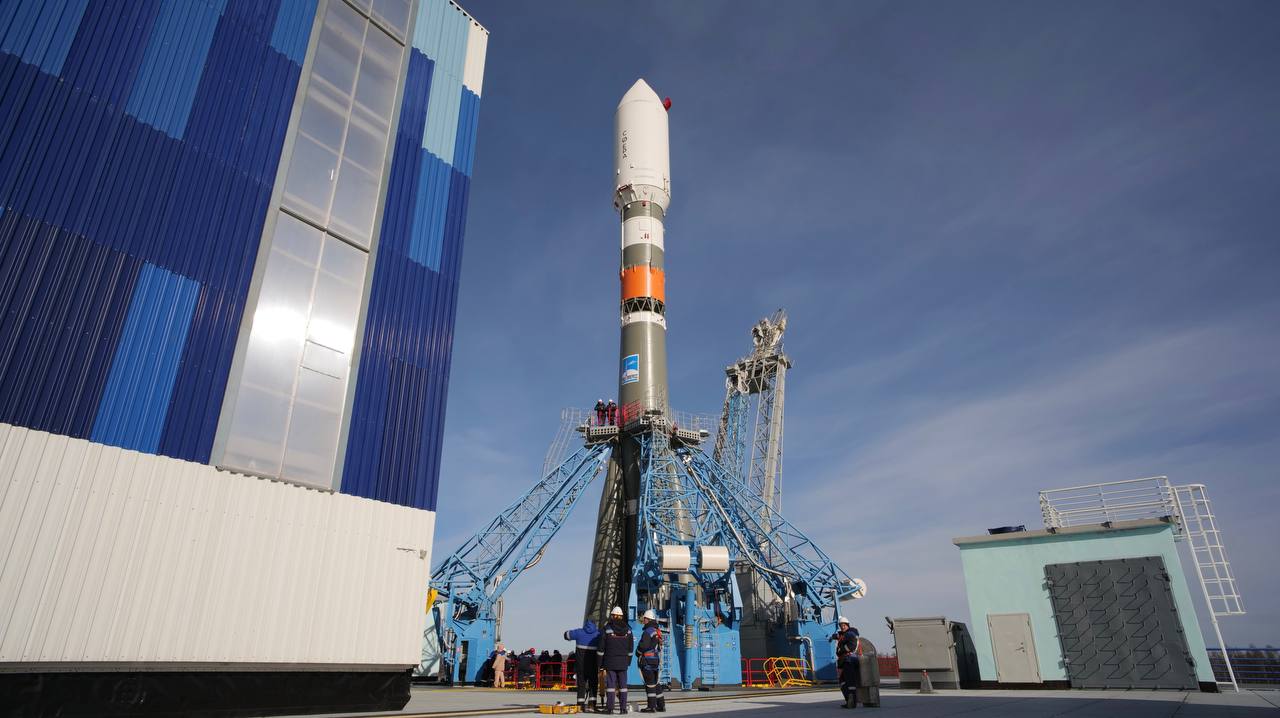· space brief · 5 min read
Space Brief 21 Feb 2025
Explore the latest developments in international defense collaborations, aerospace advancements, and emerging military trends shaping our orbital environments.

📄Top Stories
The international geopolitical landscape continues to evolve with key developments in defense strategies and collaborations. Notably, Turkey’s Aselsan is advancing its air defense systems, while Denmark aims to bolster its defenses amidst rising geopolitical tensions. Meanwhile, Papua New Guinea and Australia are solidifying defense ties. In aerospace, recent challenges and advancements echo the dynamic nature of current military and commercial aerospace pursuits.
📰Detailed Coverage
Turkey Advances Air Defense Systems
Turkish electronics giant Aselsan is making significant strides in enhancing regional defense capabilities with the deployment of its “Steel Dome” air defense systems. The increasing demand for such systems underlines the region’s focus on self-reliance amidst growing global military uncertainties.
As Turkey continues to expand and upgrade its defense infrastructure, these advancements are set to play a crucial role in regional security dynamics. This development not only impacts terrestrial defense strategies but also emphasizes the importance of tracking aerospace assets in increasingly contested environments.
Read the full story: Breaking Defense
Denmark Increases Defense Spending
In response to rising tensions with Russia, Denmark is set to pass a significant increase in defense spending, aiming to exceed 3 percent of GDP. This move reflects the shifting priorities of European nations toward enhanced self-sufficiency in defense.
This strategic shift underscores the importance of robust defense systems and has implications for satellite tracking as nations monitor increased military movements and infrastructure developments.
Read the full story: Breaking Defense
PNG and Australia Forge Defense Pact
Papua New Guinea and Australia have initiated discussions to establish their first defense treaty. This partnership aims to fortify regional security and promote stability in the Pacific, following a similar recent agreement between PNG and the USA.
The treaty reflects broader geopolitical strategies in the Indo-Pacific region, and the implications for space and satellite monitoring are significant as nations seek to enhance situational awareness and interoperability.
Read the full story: Breaking Defense
Air Force Investment in F-22s
The U.S. Air Force has awarded Pratt & Whitney a $1.5 billion contract to sustain the F-22 Raptor fleet. This comes as part of a broader effort to maintain air dominance through advanced technologies and consistent operational readiness.
This investment ensures the longevity of air superiority platforms, highlighting the interconnected role of satellite tracking in supporting these assets through precise navigation and surveillance capabilities.
Read the full story: Breaking Defense
Boeing Faces Air Force One Timeline Pressure
Boeing is under pressure to meet the delivery schedule for the new Air Force One planes. Delays have sparked concerns, although collaboration with the Department of Government Efficiency and its chief, Elon Musk, promises to mitigate these issues.
This situation highlights the challenging timelines and intricate logistics involved in aerospace projects, with significant implications for project management and innovation in the sector.
Read the full story: Breaking Defense
🛰️Satellite Spotlight
- Satellite Name: ONEWEB-0542
- NORAD ID: 54646
- Launch Date: 2022-12-08
- Mission: This satellite is part of OneWeb’s communication network, providing global internet services.
- Orbit: Inclination: 87.9336°, Period: 108.75 minutes, Eccentricity: 0.0001392
- Operator: OneWeb
- Fun Fact: ONEWEB-0542 was launched as part of a mission that marked a crucial step towards completing OneWeb’s global coverage for broadband services.
Current TLE Data:
1 54646U 22166E 25051.86997605 -.00000003 00000-0 -39356-4 0 9990
2 54646 87.9336 339.9281 0001392 83.4861 276.6432 13.21832098107952Track this satellite in real-time on our web app: Track ONEWEB-0542
🚀Upcoming Space Launches
February 21
- SpaceX Falcon 9:
- Starlink Group 12-14 from Cape Canaveral Space Force Station (11:40 UTC) A batch of 23 satellites for the Starlink mega-constellation—SpaceX’s project for space-based Internet communication.
February 22
-
China Aerospace Science and Technology Corporation Long March 3B/E:
- Unknown Payload from Xichang Satellite Launch Center, People’s Republic of China (12:01 UTC) Details of the mission are to be determined.
-
SpaceX Falcon 9:
- Starlink Group 15-1 from Vandenberg Space Force Base (22:24 UTC) A batch of satellites for the Starlink mega-constellation—SpaceX’s project for space-based Internet communication.
February 24
- SpaceX Falcon 9:
- Starlink Group 12-13 from Cape Canaveral Space Force Station (04:42 UTC) A batch of satellites for the Starlink mega-constellation—SpaceX’s project for space-based Internet communication.
February 26
- Arianespace Ariane 62:
- CSO-3 from Guiana Space Centre, French Guiana (16:24 UTC) The CSO-3 (Composante Spatiale Optique-3) satellite is the third of three new-generation high-resolution optical imaging satellites for the French military, replacing the Helios 2 spy satellite series.
February 27
-
SpaceX Falcon 9:
- Nova-C IM-2 & Lunar Trailblazer from Kennedy Space Center (00:17 UTC) This mission includes the second flight of Nova-C lunar lander carrying NASA’s PRIME-1 payload for the first demonstration of in-situ resource utilization on the Moon.
-
Russian Federal Space Agency (ROSCOSMOS) Soyuz 2.1a:
- Progress MS-30 (91P) from Baikonur Cosmodrome (21:24 UTC) Progress resupply mission to the International Space Station.
February 28
- SpaceX Falcon 9:
- Starlink Group 12-20 from Cape Canaveral Space Force Station (02:52 UTC) A batch of satellites for the Starlink mega-constellation—SpaceX’s project for space-based Internet communication.
March 1
- SpaceX Falcon 9:
- SPHEREx & PUNCH from Vandenberg Space Force Base (03:10 UTC) SPHEREx is a two-year astrophysics mission to survey the sky in the near-infrared light. The PUNCH mission will study the Sun’s outer atmosphere and solar wind, aiming to better predict coronal mass ejections.
Note: Launch dates and times are subject to change due to technical or weather considerations.

Maurice Stellarski





